How to Select Your Own Marine LED Lights?
Creating your own marine led light system can be challenging when facing harsh maritime conditions, corrosion damage, and electrical failures that leave vessels in dangerous darkness. Understanding the complexities of marine led light construction, proper waterproofing techniques, and electrical specifications is crucial for boat owners who want reliable, cost-effective illumination solutions that can withstand saltwater environments and extreme weather conditions.
Essential Components for DIY Marine LED Light Construction
Understanding Marine LED Light Requirements and Specifications
Building a reliable marine led light system requires thorough understanding of maritime electrical standards and environmental demands. Marine LED Flood Lights must withstand constant exposure to salt spray, humidity fluctuations, and temperature extremes ranging from -40°C to 60°C. Professional marine led light manufacturers like Xi'an Razorlux implement IP67 waterproof ratings and corrosion-resistant aluminum housings with powder coating finishes. The electrical specifications include AC80-315Vac or DC80-400Vdc input voltage compatibility, ensuring versatility across different vessel electrical systems. Power efficiency becomes critical, with modern marine led light designs achieving 130LM/W efficiency ratings while maintaining color temperatures between 2700K-6500K for optimal visibility.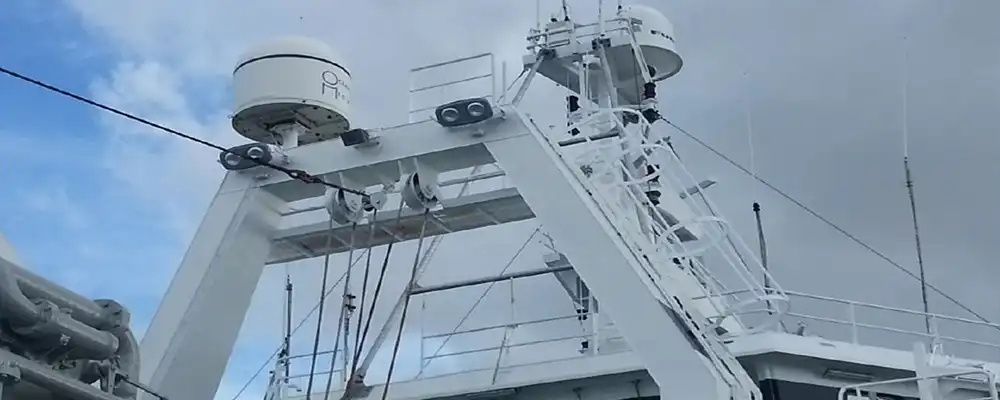
Selecting Quality LED Chips and Driver Components
The foundation of any effective marine led light depends on choosing appropriate LED chips and driver circuits that can handle marine environments. High-quality LED chips should provide minimum 75 CRI ratings with beam angles of 60°, 120°, or 140°x60° depending on application requirements. Marine Led Flood Lights require robust driver circuits with power factor ratings ≥0.98 and THD<10% to ensure stable performance. Professional manufacturers utilize Meanwell power supplies known for reliability in harsh conditions. The LED module selection should prioritize thermal management capabilities, as overheating significantly reduces lifespan and performance. Quality marine led light systems incorporate aluminum heat sinks with optimized fin designs for maximum heat dissipation.
Component Type | Marine Grade Specification | Recommended Rating |
LED Chips | High-efficiency SMD | 130+ LM/W |
Power Driver | Marine-grade constant current | IP67 rated |
Housing Material | Aluminum with coating | Corrosion-resistant |
Mounting Hardware | 316 Stainless Steel | Salt-spray tested |
Thermal Management and Heat Dissipation Solutions
Effective thermal management distinguishes professional marine led light designs from amateur constructions. Heat buildup represents the primary cause of premature LED failure in marine environments. Proper heat sink design requires calculating thermal resistance paths from LED junction to ambient air. Marine Led Flood Lights typically employ aluminum housings with integrated heat sinks featuring optimized fin geometries for natural convection cooling. The thermal interface materials between LED chips and heat sinks must maintain conductivity despite temperature cycling and vibration. Advanced marine led light designs incorporate thermal management systems capable of maintaining junction temperatures below 85°C even under full load conditions in tropical climates.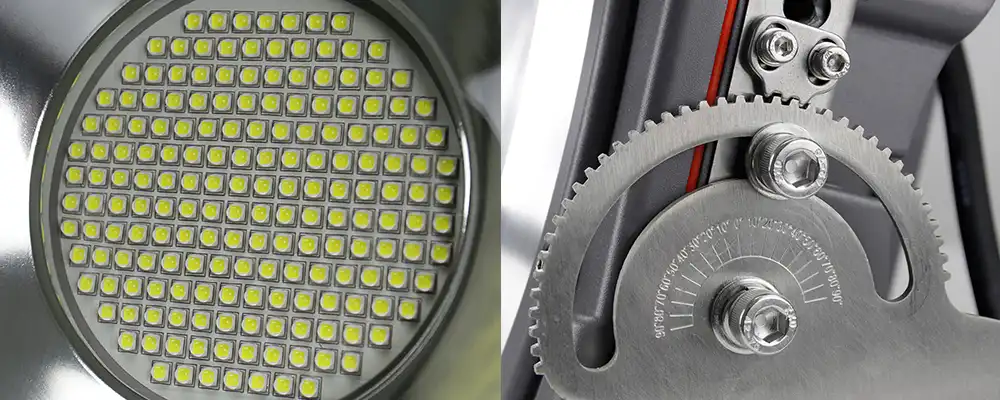
Professional Marine LED Light Assembly and Wiring Techniques
Waterproofing Methods and IP Rating Standards
Achieving reliable waterproofing in marine led light construction requires understanding IP rating classifications and implementation techniques. IP67 rating indicates complete protection against dust ingress and protection against immersion in water up to 1 meter depth for 30 minutes. Professional Marine Led Flood Lights utilize multiple waterproofing layers including silicone gaskets, potting compounds, and sealed cable glands. The lens assembly requires optical-grade materials with UV-resistant properties to prevent yellowing and degradation. Critical sealing points include LED driver compartments, cable entry points, and lens-to-housing interfaces. Marine led light manufacturers employ pressure testing protocols to verify waterproof integrity before product release.
Electrical Wiring Standards and Safety Requirements
Marine electrical installations must comply with ABYC (American Boat and Yacht Council) standards and local maritime regulations. Marine led light wiring requires tinned copper conductors to resist corrosion, with appropriate wire gauge calculations based on voltage drop considerations over cable runs. Circuit protection through properly rated fuses or circuit breakers prevents fire hazards from overcurrent conditions. Ground fault protection becomes essential in wet environments, with ELCI (Equipment Leakage Circuit Interrupter) devices recommended for 120V AC marine led light systems. Professional installations incorporate marine-grade connectors with proper sealing to prevent water ingress and corrosion.
Voltage System | Wire Gauge (AWG) | Maximum Run Length | Circuit Protection |
12V DC | 12 AWG | 25 feet | 15A Fuse |
24V DC | 14 AWG | 50 feet | 10A Breaker |
120V AC | 12 AWG | 100 feet | 15A GFCI |
240V AC | 10 AWG | 150 feet | 20A GFCI |
Quality Control Testing and Performance Validation
Professional marine led light manufacturing includes comprehensive testing protocols to ensure reliability and performance. Photometric testing using integrating spheres measures actual light output, beam patterns, and color characteristics. Aging tests simulate years of operation through accelerated thermal cycling and high-temperature operation. Vibration testing ensures mechanical integrity under marine operating conditions. Environmental testing includes salt spray exposure, UV radiation resistance, and thermal shock cycles. Marine Led Flood Lights undergo IP rating verification through water immersion testing and pressure testing. Electrical safety testing verifies insulation resistance, ground continuity, and leakage current compliance with marine standards.
Cost Analysis and Professional Alternative Considerations
DIY Construction Costs Versus Commercial Solutions
Analyzing the true cost of DIY marine led light construction reveals significant hidden expenses and time investments. Quality components including marine-grade LEDs, drivers, housings, and waterproofing materials can exceed 60-70% of commercial marine led light prices. Labor costs for machining, assembly, and testing add substantial expense when properly calculated. Risk factors include potential warranty issues, insurance implications, and safety liability concerns. Professional Marine Led Flood Lights from established manufacturers like Xi'an Razorlux include comprehensive warranties, certifications, and technical support. The company's 5-year warranty coverage and proven track record with over 200 patents demonstrate the value proposition of professional solutions.
Professional Manufacturing Advantages and Certifications
Established marine led light manufacturers possess advantages that DIY constructors cannot replicate, including automated production equipment, bulk component purchasing power, and comprehensive testing facilities. Xi'an Razorlux's products carry certifications including UL, RMRS, TUV, CE, SAA, and RoHS compliance, representing millions of dollars in testing and certification costs. Professional Marine Led Flood Lights undergo rigorous quality control with ISO 9001-certified processes. The company's global distribution network provides local support and spare parts availability. Manufacturing scale enables cost optimization and consistent quality that individual builders cannot achieve.
Long-term Reliability and Maintenance Considerations
Professional marine led light systems demonstrate superior long-term reliability through engineered component selection and proven designs. Xi'an Razorlux's marine led light products feature 50,000+ hour operational life with minimal degradation. Professional designs incorporate redundant sealing systems and corrosion-resistant materials tested through accelerated aging protocols. Maintenance requirements remain minimal with professional Marine Led Flood Lights, while DIY constructions often require frequent repairs and component replacements. The availability of replacement parts and technical documentation ensures continued operation throughout the product lifecycle.
Conclusion
While DIY marine led light construction appears cost-effective initially, professional solutions offer superior value through proven reliability, comprehensive warranties, and regulatory compliance in demanding maritime environments.
Transform your vessel's lighting with Xi'an Razorlux's professional Marine Led Flood Lights – China's leading marine led light manufacturer and supplier offering wholesale pricing, factory-direct marine led light for sale at competitive marine led light prices. Our experienced team provides complete solutions from consultation through installation support. Contact our experts at sam@razorlux.com for customized quotes and technical specifications. Bookmark this guide for future reference and share with fellow mariners seeking reliable lighting solutions.
References
1. Marine Electrical Systems Design Guide - American Boat and Yacht Council (ABYC), Standards Committee
2. LED Lighting for Marine Applications: Performance and Reliability - Marine Technology Society, Technical Publications Division
3. Waterproof Electronic Enclosures: IP Rating Standards and Testing Methods - International Electrotechnical Commission (IEC), Standards Development Team
4. Thermal Management in High-Power LED Systems - Institute of Electrical and Electronics Engineers (IEEE), Photonics Society Publication
 VIEW MORESailboat Deck Lights
VIEW MORESailboat Deck Lights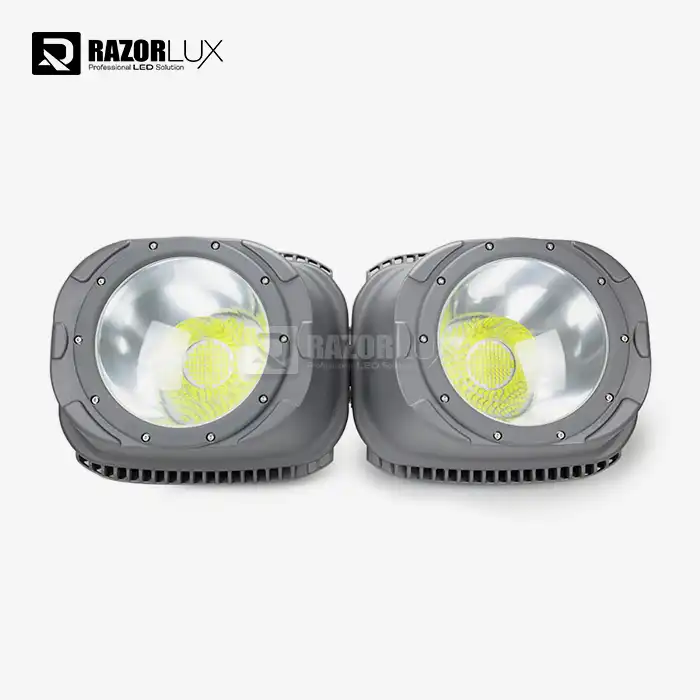 VIEW MOREOutdoor Flood Light Fixtures Waterproof
VIEW MOREOutdoor Flood Light Fixtures Waterproof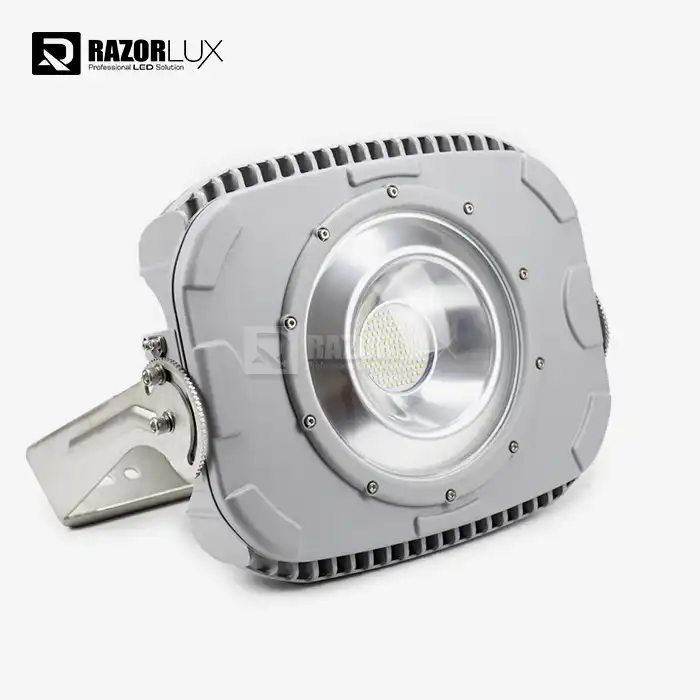 VIEW MORELed Lights For Outdoor Badminton Court
VIEW MORELed Lights For Outdoor Badminton Court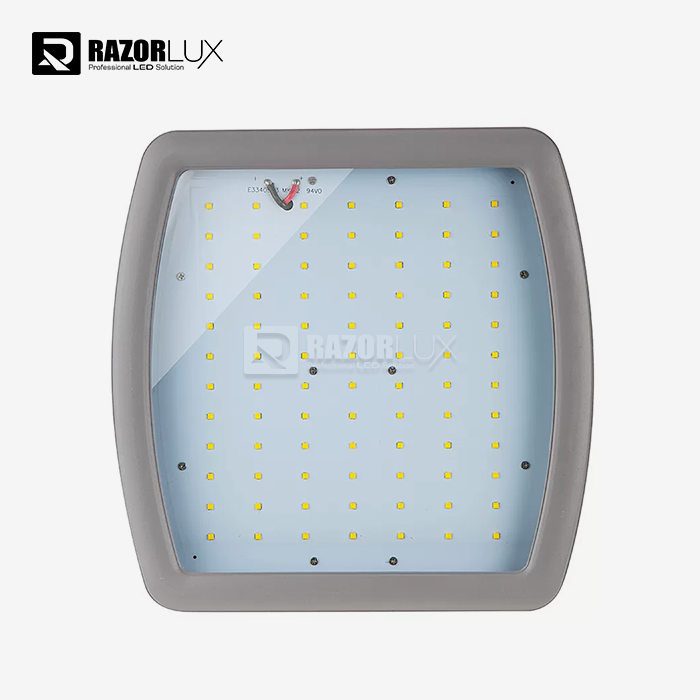 VIEW MOREObstruction IP68 Explosion Proof Led Lamp Portable 185w 90V
VIEW MOREObstruction IP68 Explosion Proof Led Lamp Portable 185w 90V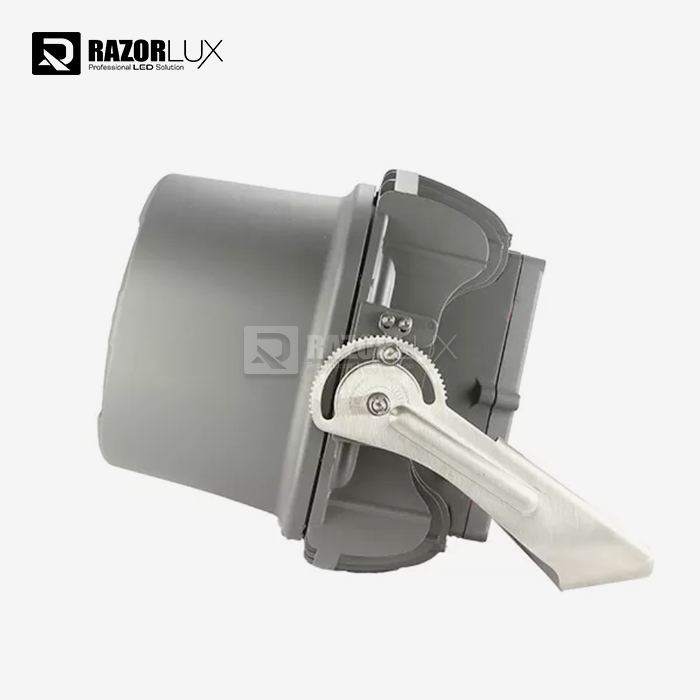 VIEW MOREFootball Field 140F Led Stadium Lights 1000 Watt 5700K Sports Lighting Fixtures
VIEW MOREFootball Field 140F Led Stadium Lights 1000 Watt 5700K Sports Lighting Fixtures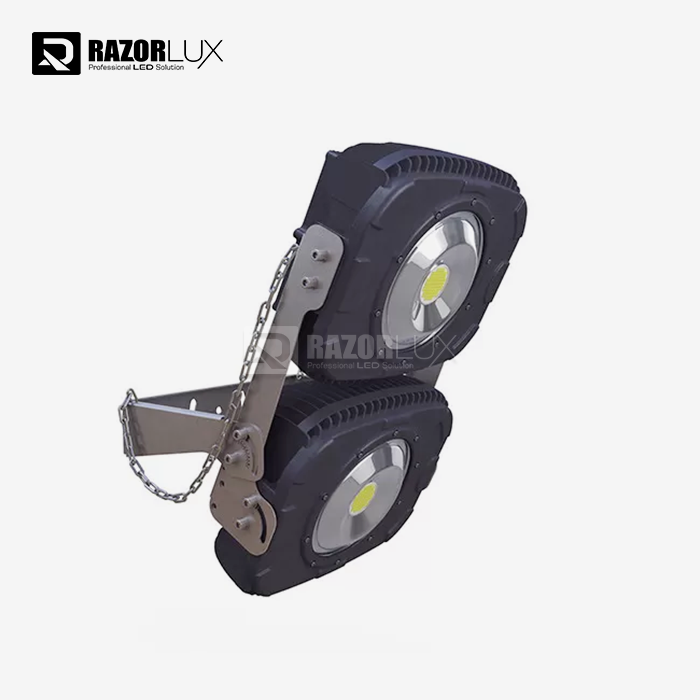 VIEW MOREHigh Safety 1400w Led Sports Ground Floodlights IP67 High Lumen Led Flood Light
VIEW MOREHigh Safety 1400w Led Sports Ground Floodlights IP67 High Lumen Led Flood Light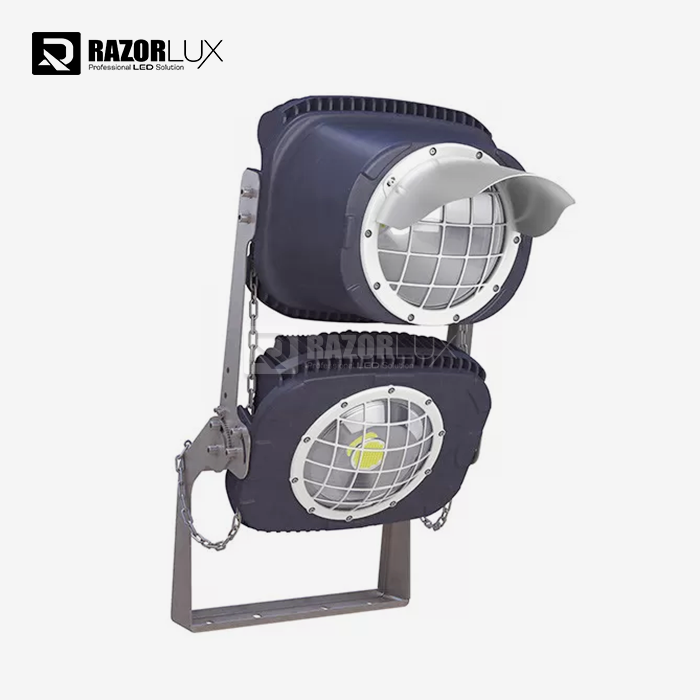 VIEW MOREPortable 1000w Led Stadium Lights
VIEW MOREPortable 1000w Led Stadium Lights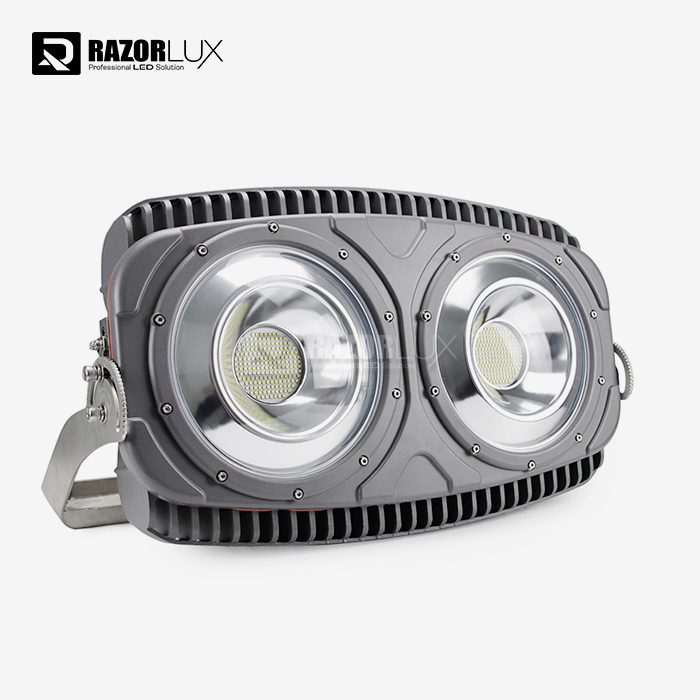 VIEW MORELed Lights For Football Fields
VIEW MORELed Lights For Football Fields

_1750326878398.png)

